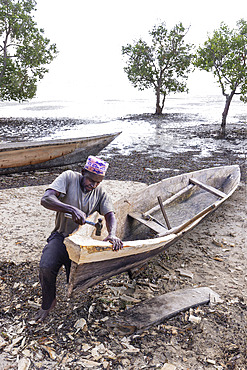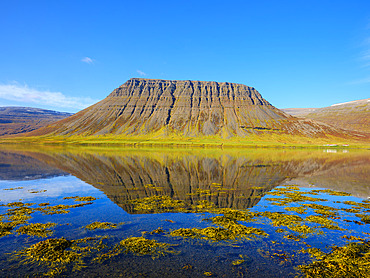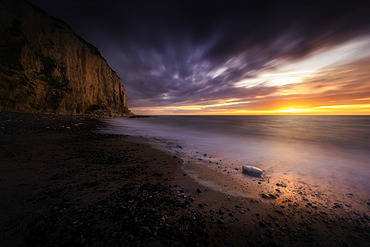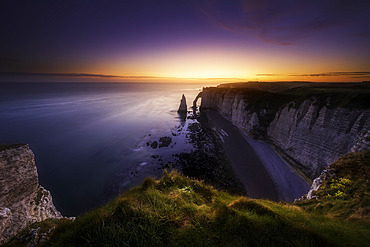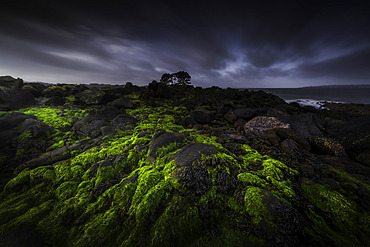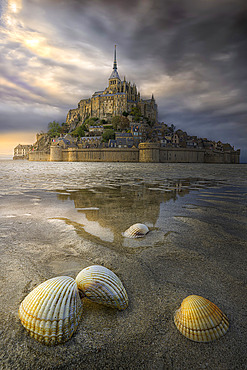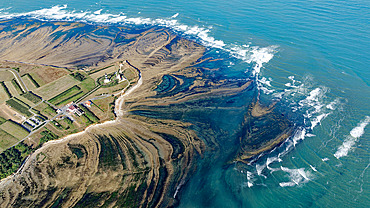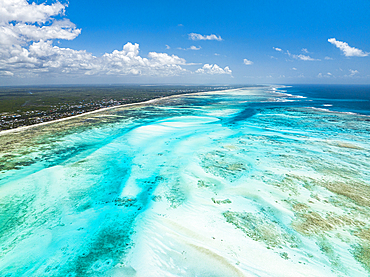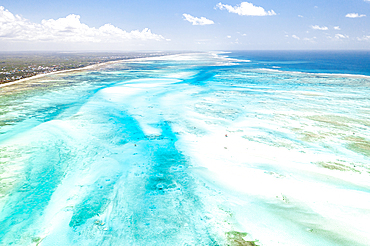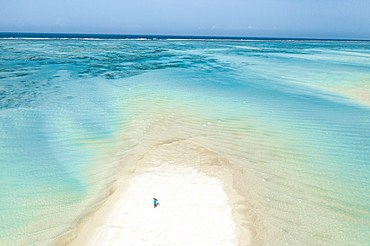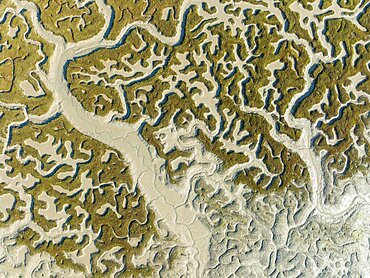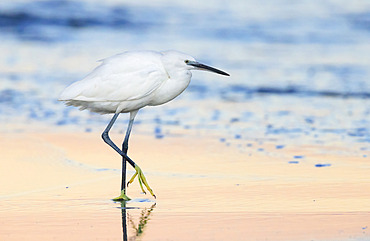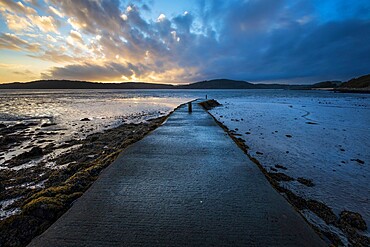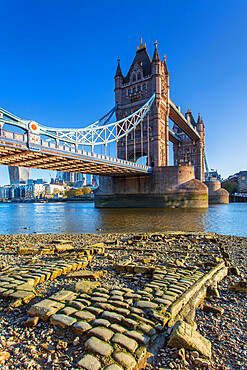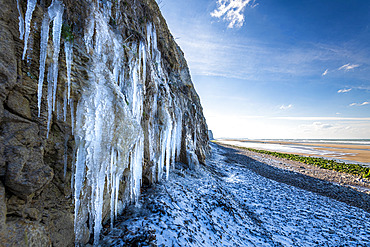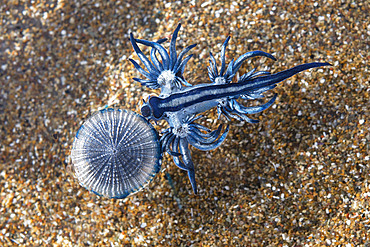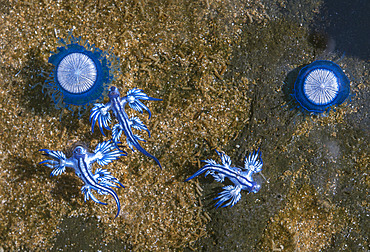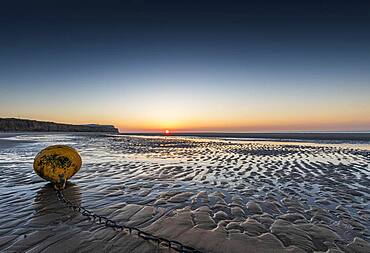Recent searches
Loading...
1384-352 - People walking along sandy beach at low tide near village of Taghazout, Morocco, North Africa
860-292480 - Women bringing home bundles of gathered branches to light their fire and cook at sunrise, beach south of Uroa, on the east coast of Zanzibar, Tanzania.
860-292476 - Fisherman repairing his pirogue on a beach at low tide on the east coast of Zanzibar, Tanzania
860-292235 - Landscape in fjord Alftafjoerdur. The Westfjords (Vestfirdir) in Iceland during autumn. Europe, Northern Europe, Iceland
860-292111 - Sunset at the foot of the cliffs at Ault, Somme, Picardie, France
860-292110 - First light from the cliffs of etretat, Porte d'Aval, Cote d'Albâtre, Seine-Maritime, Normandy, France
860-292108 - Pointe du Château, Logonna-Daoulas, Finistere, Brittany, France
860-292024 - Shells on the sand at low tide in front of Mont Saint-Michel, Normandy, France
860-291976 - Chassiron lighthouse at the northern tip of Ile d'Oleron, Charente-Maritime, France
860-291973 - Oleron coastline, Atlantic Ocean, beach and forest, Charente-Maritime, France
1116-52884 - A wet bald eagle (Haliaeetus leucocephalus) sits perched on a nest in grass atop an island at low tide, exposing rock and orange, yellow seaweed on a cloudy day in Prince William Sound, Alaska, United States of America
832-403064 - Sanderling (Calidris Alba), birds on the beach at low tide, Dawlish Warren, Devon, England, United Kingdom, Europe
832-403063 - Sanderling (Calidris Alba) in Black and White, birds on the beach at low tide, Dawlish Warren, Devon, England, United Kingdom, Europe
832-403062 - Sanderling (Calidris Alba), birds on the beach at low tide, Dawlish Warren, Devon, England, United Kingdom, Europe
1200-565 - Beach at low tide at sunset, Camber Sands, East Sussex, England, United Kingdom, Europe
1200-509 - Snow covered mountains and rock pool reflections at low tide, Gjogv village, Eysturoy Island, Faroe Islands, Denmark, Europe
1352-111 - Low tide at Leigh on Sea, Essex, England, United Kingdom, Europe
1352-102 - Low tide at Leigh on Sea, Essex, England, United Kingdom, Europe
1352-100 - Beached boats at the low tide at Leigh on Sea, Essex, England, United Kingdom, Europe
1352-99 - Tidal pool at low tide at Leigh on Sea, Essex, England, United Kingdom, Europe
1352-97 - Tidal pool at low tide at Leigh on Sea, Essex, England, United Kingdom, Europe
1352-98 - A groyne marker reflected in the tidal pool at low tide, Leigh on Sea, Essex, England, United Kingdom, Europe
1352-95 - Tidal pool at low tide at Leigh on Sea, Essex, England, United Kingdom, Europe
1352-96 - Tidal pool at low tide at Leigh on Sea, Essex, England, United Kingdom, Europe
1202-634 - A sparkling sunlit shoreline pool on the Atlantic coast at low tide, Welcombe Mouth, a cove in the Hartland area of north Devon, England, United Kingdom, Europe
1202-595 - A rock pool and rippled sand, on the beach at low tide, at Bigbury-on-Sea, south coast of Devon, England, United Kingdom, Europe
860-291674 - Sunset on the beach with the English coast in the background, Pas de Calais, France
860-291522 - Cap Blanc-nez in the mist at sunrise, Opal Coast, Pas-de-Calais, France
1361-165 - Aerial view of the Beachy Head Lighthouse at low tide, Seven Sisters chalk cliffs, South Downs National Park, East Sussex, England, United Kingdom
1361-159 - View from drone of Belle Tout lighthouse at low tide, Seven Sisters chalk cliffs, South Downs National Park, East Sussex, England, United Kingdom, Europe
1361-153 - Beachy Head Light house at low tide, Seven Sisters chalk cliffs, South Downs National Park, East Sussex, England, United Kingdom, Europe
832-399915 - Sunset over the Wadden Sea at low tide, birds foraging, North Sea, Norddeich, Lower Saxony, Germany, Europe
832-399062 - Portrait of a woman at sunset in a white dress with a hat walking by the sea at low tide
1365-140 - Low tide at sunset, Freshwater Bay, Isle of Wight, England, United Kingdom, Europe
1179-6113 - Aerial view of white coral sand of a blue lagoon at low tide, Paje, Jambiani, Zanzibar, Tanzania, East Africa, Africa
1179-6111 - Aerial view of coral reef in the blue lagoon during low tide Paje, Jambiani, Zanzibar, Tanzania, East Africa, Africa
1179-6094 - Aerial view of woman walking on sandbank at low tide, Nungwi, Zanzibar, Tanzania, East Africa, Africa
799-4524 - Boat stranded on the Town Bar sandbar in the Camel Estuary at low tide, Rock, Cornwall, England, United Kingdom, Europe
799-4519 - Low tide exposing the Doom Bar on the Camel Estuary near Padstow, Cornwall, England, United Kingdom, Europe
832-398233 - Network of dry channels and streams at low tide, in the marshland of the Bahia de Cadiz, aerial view, drone shot, Cadiz province, Andalusia, Spain, Europe
832-398236 - Network of dry channels and streams at low tide, in the marshland of the Bahia de Cadiz, aerial view, drone shot, Cadiz province, Andalusia, Spain, Europe
832-398232 - Network of channels and streams at low tide, in the marshland of the Bahia de Cadiz, aerial view, drone shot, Cadiz province, Andalusia, Spain, Europe
832-398237 - Network of channels and streams at low tide, in the marshland of the Bahia de Cadiz, aerial view, drone shot, Cadiz province, Andalusia, Spain, Europe
832-398234 - Network of dry channels and streams at low tide, in the marshland of the Bahia de Cadiz, aerial view, drone shot, Cadiz province, Andalusia, Spain, Europe
832-398235 - Network of dry channels and streams at low tide, in the marshland of the Bahia de Cadiz, aerial view, drone shot, Cadiz province, Andalusia, Spain, Europe
1336-501 - Mont Saint Michel in a low tide day with a blue sky with clouds, Normandy, France
1336-498 - Le Mont Saint Michel with low tide in a sunny day with some white clouds, Normandy, France
860-290881 - Little Egret (Egretta garzetta), side view of an adult standing on the shore, Campania, Italy
860-290921 - Common Ringed Plover (Charadrius hiaticula) pre-nuptial wintering male digging out an arenicolous worm on the foreshore at low tide, Finistere, Brittany, France
860-290782 - Sunset on the Petit Blanc-Nez, Escalles, Pas-de-Calais, Opal Coast, France
860-290547 - Walde lighthouse, les Hemmes de Marck, Opal Coast, Pas de Calais, France
846-3113 - Pier at low tide at sunset, Rockcliffe, Dalbeattie, Dumfries and Galloway, Scotland, United Kingdom, Europe
1112-6504 - An offshore reef exposed at low tide on Annenkov Island, South Georgia, South Atlantic, Polar Regions
1350-5534 - Sandy sediments in low tide in a river close to the sea. Isla, Cantabria, Spain, Europe.
1350-5533 - Sandy sediments in low tide in a river close to the sea. Isla, Cantabria, Spain, Europe.
1174-10929 - Two children perched on top of jagged rocks overlooking a sandy beach at low tide, Walker Bay Nature Reserve, South Africa
1174-10780 - Boy on a beach, looking at his reflection in a water pool, low tide, sunset, Grotto Beach, Western Cape, South Africa
1284-266 - Tower Bridge and The City at low tide, London, England, United Kingdom, Europe
1284-258 - Tower Bridge and The Shard at sunset with a low tide on the River Thames, London, England, United Kingdom, Europe
1284-264 - Tower Bridge and The Shard at sunset with a low tide on the River Thames, London, England, United Kingdom, Europe
1284-267 - HMS Belfast and Tower Bridge at sunrise with a low tide on the River Thames, London, England, United Kingdom, Europe
1306-921 - View at low tide with reflected Blackpool Tower, Blackpool, Lancashire, England, United Kingdom, Europe
1306-914 - Blackpool Tower reflected at low tide, Blackpool, Lancashire, England, United Kingdom, Europe
860-289807 - King penguins (Aptenodytes patagonicus), Volunteer Point, East Falkland, Falklands
860-289819 - King penguins (Aptenodytes patagonicus), Volunteer Point, East Falkland, Falklands
860-289818 - Gentoo penguin (Pygoscelis papua), Volunteer Point, East Falkland, January 2018
860-289809 - King penguins (Aptenodytes patagonicus), Volunteer Point, East Falkland, Falklands
860-289670 - Fisherman at sunset on the beach of Tardinghen, Opal Coast, Hauts de France, France
860-289962 - Blue Dragon (Glaucus atlanticus). Small slug that measures only about 2 cm and is generally associated with the Portuguese man of war (Physalia physalis), although it also usually appears in intertidal pools. Marine invertebrates of the Canary Islands, Tenerife.
860-289808 - King penguins (Aptenodytes patagonicus), Volunteer Point, East Falkland, Falklands
860-290303 - Cap Blanc-nez under the ice in winter, Opal Coast, France
860-290260 - BLUE DRAGON (Glaucus atlanticus). Small slug that measures only about 2 cm and is generally associated with the Portuguese man of war (Physalia physalis), although it also usually appears in intertidal pools. Marine invertebrates of the Canary Islands, Tenerife.
860-289824 - Corals on a reef in the S-shaped channel during a high low tide, Mayotte
860-289812 - King penguins (Aptenodyptes patagonicus), at Volunteer Point, East Falkland, January 2018
860-289817 - Gentoo penguin (Pygoscelis papua), Volunteer Point, East Falkland, January 2018
860-290304 - Cap Blanc-nez under the ice in winter, Opal Coast, France
860-290259 - BLUE DRAGON (Glaucus atlanticus). A small peacic slug that measures only about 2 cm and is generally associated with the Portuguese frigatebird (Physalia physalis) or the blue button (Porpita porpita) on which it feeds. They can also appear in intertidal pools. Marine invertebrates of the Canary Islands, Tenerife.
1350-2445 - Coral reef during low tide in lagoon, Mili, Marshall Islands (N. Pacific).
1350-2574 - Beaked Whale stranded on coral reef during low tide, Mesoplodon sp., Mili, Marshall Islands (N. Pacific)..
846-3059 - Rocks on beach at low tide at dawn, Bigbury-on-Sea, Devon, England, United Kingdom, Europe
846-3058 - Burgh Island and hotel viewed across Bantham Sand beach at low tide, Bigbury-on-Sea, South Hams district, Devon, England, United Kingdom, Europe
799-4257 - Aerial view of Padstow and the Camel Estuary at low tide in spring, Padstow, Cornwall, England, United Kingdom, Europe
799-4242 - Aerial photograph of the Doom Bar emerging from the Camel Estuary at low tide in spring, Padstow, Cornwall, England, United Kingdom, Europe
799-4245 - Aerial photograph of the Doom Bar emerging from the Camel Estuary at low tide in spring, Padstow, Cornwall, England, United Kingdom, Europe
799-4244 - Aerial photograph of the Doom Bar emerging from the Camel Estuary at low tide in spring, Padstow, Cornwall, England, United Kingdom, Europe
860-288797 - Remarkable flysch formations of Deba, Basque Coast Geopark, Basque Country, Spain. Flysch formed at the end of the Mesozoic era in the Cretaceous - flyschs are formed by sediment accumulation following repeated submarine avalanches, due to earthquakes, and producing after compaction and crystallization very regular layers of sandstone and limestone here recovered by Pyrenean orogeny and released by erosion.
860-289012 - Buoy at low tide on Sangatte beach, Hauts de France, France
860-289010 - Fishing locker washed up on a beach, Sangatte, Hauts de France, France
860-288796 - Remarkable flysch formations of Deba, Basque Coast Geopark, Basque Country, Spain. Flysch formed at the end of the Mesozoic era in the Cretaceous - flyschs are formed by sediment accumulation following repeated submarine avalanches, due to earthquakes, and producing after compaction and crystallization very regular layers of sandstone and limestone here recovered by Pyrenean orogeny and released by erosion.
860-288733 - Tourists in the warm waters of Whaler's Bay, Antarctic fur seal (Arctocephalus gazella), Deception Island, Antarctica.
832-390671 - Hoyholmen, boat at low tide, Varanger, Norway, Europe
1343-9 - A creek at low tide winding through tidal salt marsh with Chesapeake Bay in the background, Virginia, United States of America, North America
1337-18 - An abandoned sailboat rests on its side at low tide in Moloa'a Bay, and the full moon rises over the sea, Kiluea, Hawaii, United States of America, Pacific
799-4145 - Aerial view of the Camel Estuary at low tide and the village of Rock, Cornwall, England, United Kingdom, Europe
799-4148 - Low tide on the Camel Estuary in summer, Rock, Cornwall, England, United Kingdom, Europe
799-4153 - Aerial vista of people standing on the Doom Bar at low tide, Camel Estuary, Padstow, Cornwall, England, United Kingdom, Europe
1251-559 - Haystack Rock with low tide, Cannon Beach, Clatsop county, Oregon, United States of America, North America
1113-104775 - Wooden poles on the shore of lake Walchensee at low tide overlooking the Herzogstand, Walchensee, Alps, Bavaria, Germany
1200-445 - Large rock at low tide, west Senja, Norway, Scandinavia, Europe
1200-444 - Seaweed covered rocks and hanging fishing nets at low tide, west Senja, Norway, Scandinavia, Europe


